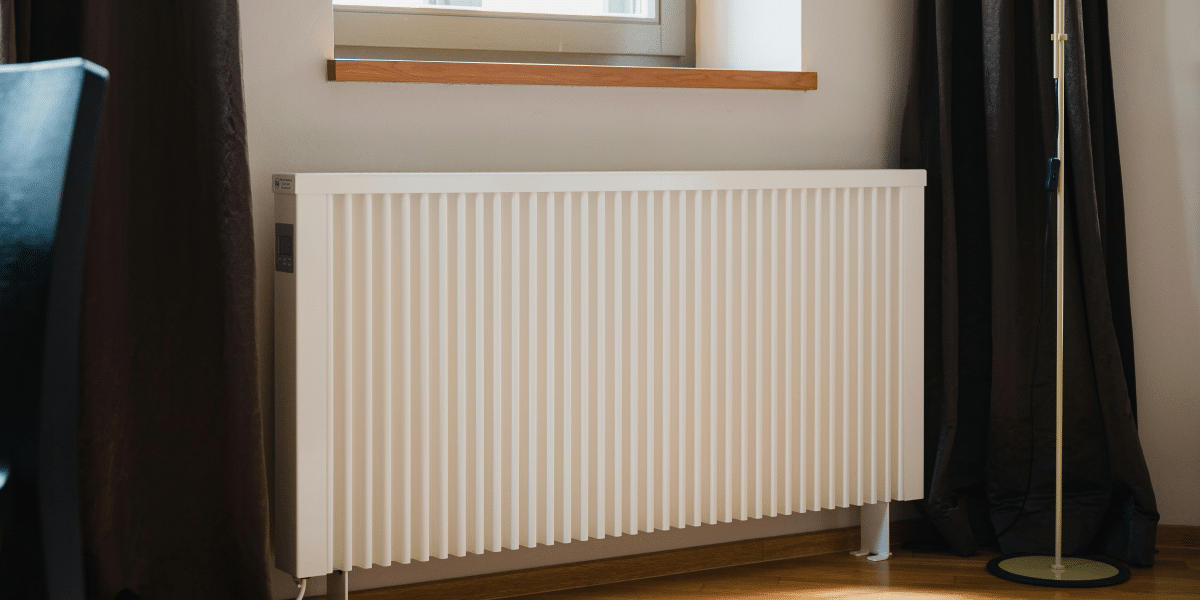By: SEO Mavens
When it comes to keeping your home warm and cozy during the colder months, few options can quite rival the convenience and efficiency of an electric radiator. They are easy to install, require minimal maintenance, and importantly, can significantly lower your heating bills. However, as with any electrical appliance, it’s crucial to use them safely to prevent accidents or damages. Here are some essential safety tips for using electric radiators in your home.
Placement is Vital
One of the first things to consider when installing an electric radiator is its placement. While these radiators generate heat, they can become hot to the touch. Therefore, you need to place it in a location where children or pets cannot easily touch or knock it over. Also, it’s best to avoid placing them in materials that can easily catch fire such as curtains, furniture, or bedding.
Wiring and Plugs
Always ensure the electric radiator is correctly wired and the plugs are safe. Over time, wires can get frayed or plugs can wear out, potentially resulting in a dangerous situation. Make sure to regularly check the radiator’s wiring and replace any damaged parts immediately.
Utilize the Safety Features
Most modern electric radiators come with advanced safety features such as a tip-over switch which automatically turns off the device if it gets knocked over, and a thermal cut-out that automatically switches off the heater if it reaches a dangerous temperature. Make sure to familiarize yourself with these features and ensure they are always functional.
Routine Maintenance
Similar to other home appliances, it’s important to regularly clean and maintain your electric radiator. This not only boosts their efficiency, but also prevents any potential safety issues. For instance, dust accumulation on the radiator can be a fire hazard or cause the unit to overheat. Routine cleaning will avert such issues, keeping your home safe.
Professional Installation
Although electric radiators are generally easier to install compared to other heating systems, enlisting a professional for the installation is still a good idea. This ensures the device is installed accurately, securely, and in the most efficient location.
Avoid DIY Fixes
While it might be tempting to fix small issues with your electric radiator yourself, it’s safer to call in a professional. Incorrectly diagnosing a problem or mishandling parts could lead to further damage or even disaster.
Follow Manufacturer’s Guidelines
Lastly, it’s essential to adhere strictly to the manufacturer’s guidelines concerning the usage, maintenance, and safety precautions of your electric radiator. These guidelines typically include specific instructions on the maximum operation time to avoid overheating, which is crucial in preventing potential fire hazards. Overlooking these instructions can lead to the radiator working beyond its intended capacity, increasing the risk of mechanical failure and fire.
Electric radiators, when utilized in accordance with these manufacturer recommendations, offer a safe and efficient environmentally-friendly heating solution for your home. By ensuring compliance with these safety protocols and proper maintenance routines, you ensure that your heating system operates effectively without posing risks to your household. In addition to following operational guidelines, regular maintenance such as cleaning the radiator to ensure optimal airflow and checking for any electrical malfunctions can further enhance safety and efficiency.
Thus, by diligently observing these safety tips and adhering to the manufacturer’s guidelines, you can maintain a warm and secure environment in your home, free from concerns about safety hazards associated with improper use or maintenance of your electric radiator. This proactive approach not only maximizes the unit’s lifespan but also ensures that it functions as a reliable source of heat during the colder months.
Published by: Martin De Juan



















